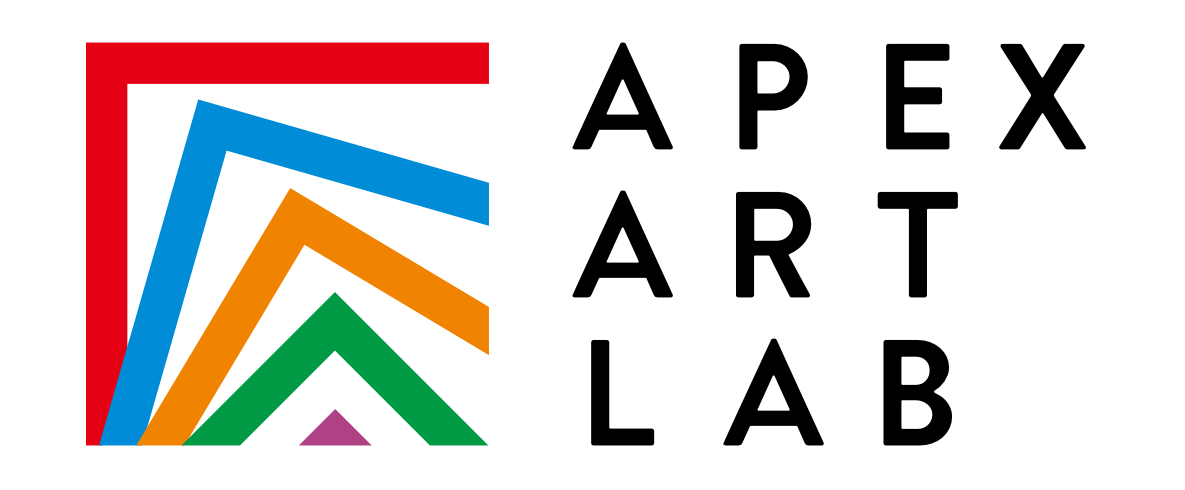
25 Aug What is “Archival Picture Framing”?
Layers of Framing
When considering the conservation of framed artworks, valuable documents, or prized photos, there are aspects that need to be paid attention to. Adding a conservation glass to the top of a piece that is framed with other non-archival materials doesn’t make the artwork safe from harm.

Unfortunately, conservation grade framing is something that can’t be skimped on- it’s either all archival or it’s not. When custom framing original or valuable art, it is very important to consider all of the framing elements that could cause potential harm to the framed piece.
These key factors to consider for archival framing includes: the backing, adhesive, artwork itself, the matting, and the glazing.
Below we will go over the definitions and types of these framing components so you can confidently frame your valuable artwork and feel confident that they will be protected & beautiful for years to come.
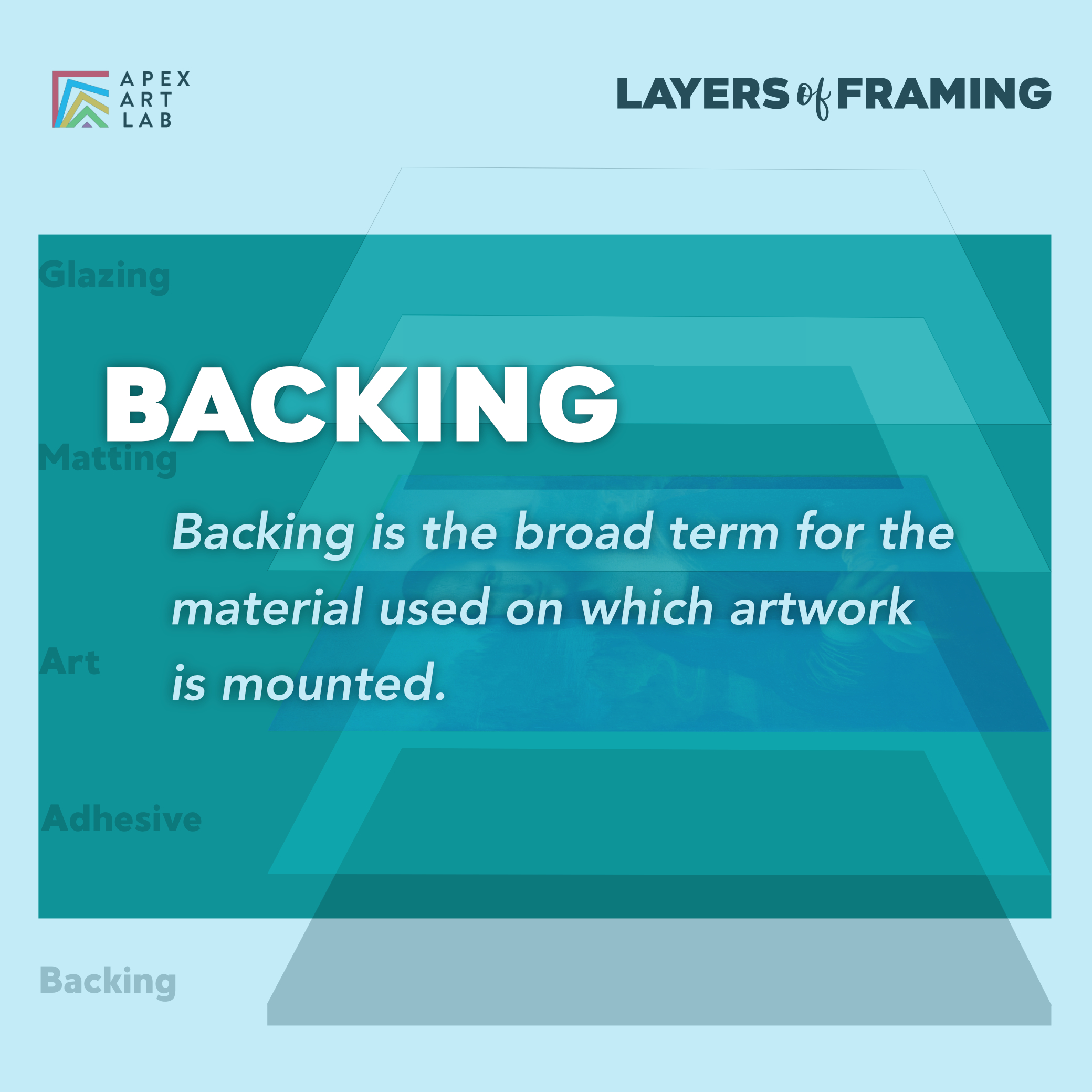
Backing is the broad term for the material used on which artwork is mounted.
You may be asking yourself: what really is going to happen to my art/photo/document if I don’t use a conservation grade backing material? Great question.
Non-Conservation backing materials are made with chemicals that will break down overtime and the harmful gasses will be released in the frame, resulting in yellowing, discoloration or structural damage to whatever you are trying to protect. This event is called off-gassing.
Until the early 1980s when foam core became the norm, corrugated card board was used as backing by picture framers. The use of cardboard was quickly and swiftly kicked to the curb as it is a highly acidic substance that makes it a real potential threat to the art.
If you have valuable artwork that you want to preserve, your custom framer will suggest an acid free, ph neutral backing substrate. At our Seattle frame shop we use an acid free foam core backing for almost everything we custom frame.
There are several types of common backing materials that can be used but not all of them are archival. They include:
Foamcore
Acid Free Foamcore
Mounting Mat
Gatorfoam
Acid Free Gatorfoam
MDF
Acrylic
Cardboard *
*Professional framers do not use cardboard backing since the 80s.
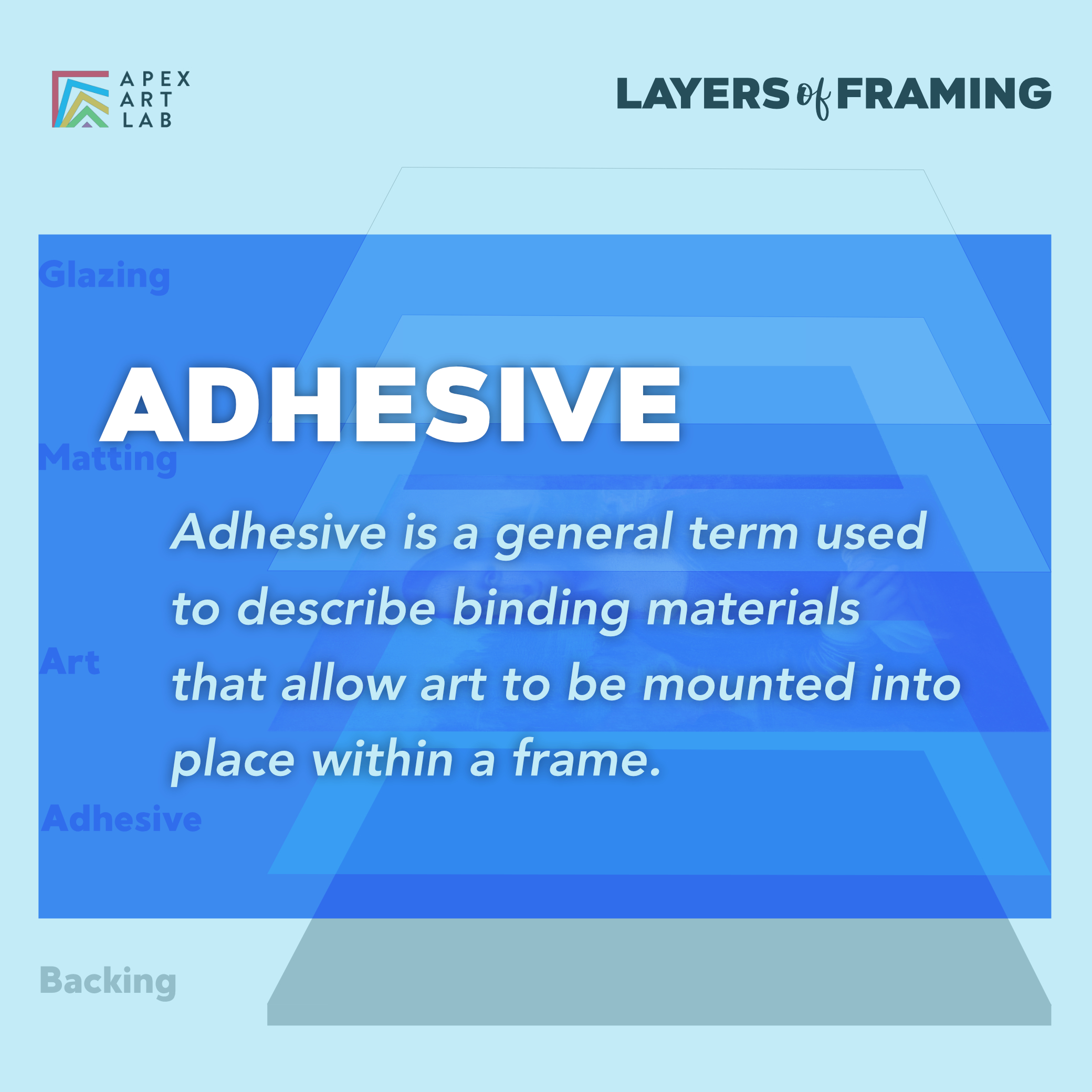
Adhesive is a general term used to describe the binding materials that all art to be mounted into place within a frame. More commonly referred to as “glue”.
For similar reasons to choosing a backing material, it is important to be mindful of what adhesive you choose to use when framing something valuable.
According to the Preservation Self-Assessment Program:
“Natural and synthetic adhesive deterioration manifests itself with a variety of symptoms, including adhesive movement, discoloration, embrittlement, staining, and failure. Adhesives that have been exposed to water or high humidity may swell, structurally weakening the adhesive and producing acidic byproducts. Exposure to light and heat will also accelerate deterioration.“
For more involved archival mounting there are other strategies to secure whatever you are custom framing.
At Apex Art Lab we have used wire, thread, and magnets as common solutions to unique mounting projects.
For archival custom framing your framer will suggest a reversible adhesive solution as well as one that offers conservation grade chemical stability.
Common adhesives in picture framing include:
Heat activated glue— usually in the form of pre-adhered to a board
Techmount- mainly used for canvas and other board- strong.
Spray glue
ATG, acid-free and non-acid-free
Hinge tape
Other Glues including but not limited to: hot glue, super glue, fabric glue, wood glue, etc.
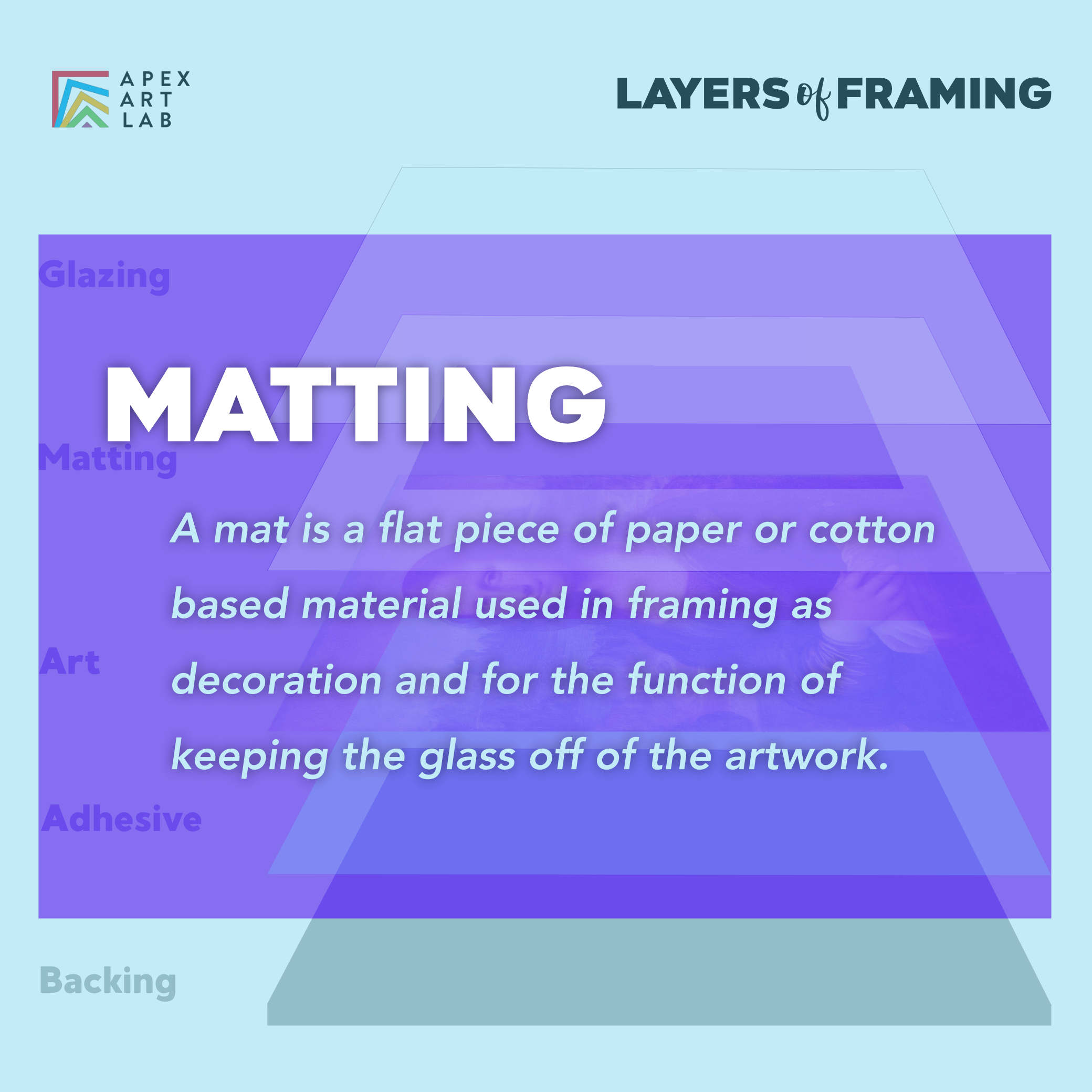
Matboard is a paper or cotton sheet that is used for decorative and practical functions. Matboard comes in a variety of plies or thicknesses, colors, and textures.
According to the Library of Congress, Preservation Guidelines for Matting and Framing:
“Matboard (for window and for backmat): 100% cotton rag or chemically purified, lignin-free wood pulp stock; pH-neutral or slightly alkaline (pH 8.5); 4-ply minimum; overmatting provides more protection than “floating” in the window; for matting photographs, board must pass the Photographic Activity Test. (https://www.imagepermanenceinstitute.org/tests/pat.html)
At Apex Art Lab we have several brands of archival mat board, but the one held to the highest level of conservation is Alphamat ArtCare which passes the Photographic Activity Test. The Fine Art Trade Guild has its own standards for archival custom framing that does not include the aforementioned PAT, but instead establishes the archival standard by measuring the pulp, pH, fillers & alkaline reserve, and color. We offer three lines of mat board that meet the FATG’s quality standards for archival custom framing.
If you are ever in doubt, you can always ask your custom picture framer, or look on the back of the mat board sample- where the conservation qualities will be listed.
Archival Matboard as established by the FATG include:
Crescent Select
Crescent Rag
Alphamat Artcare
Legion Rising

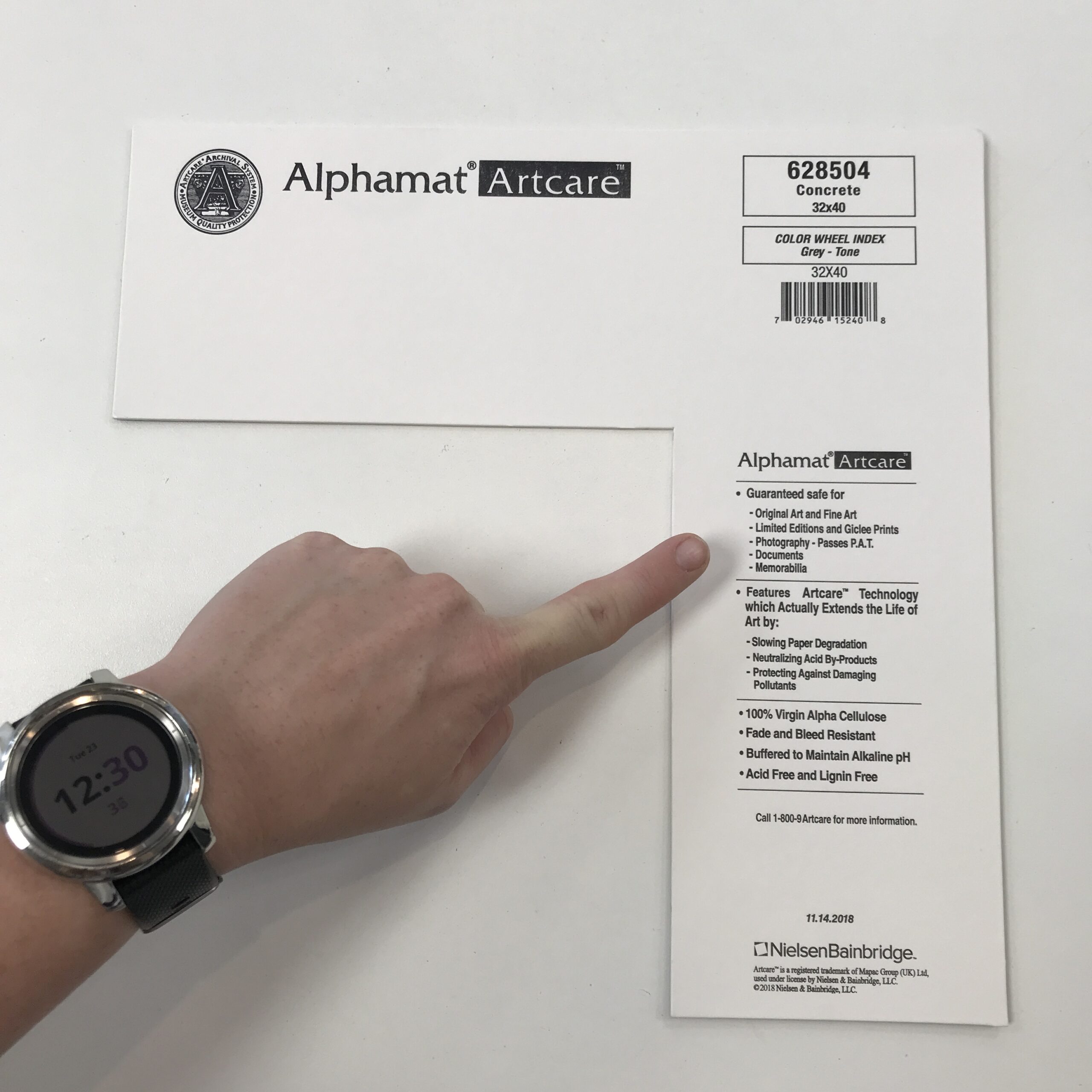
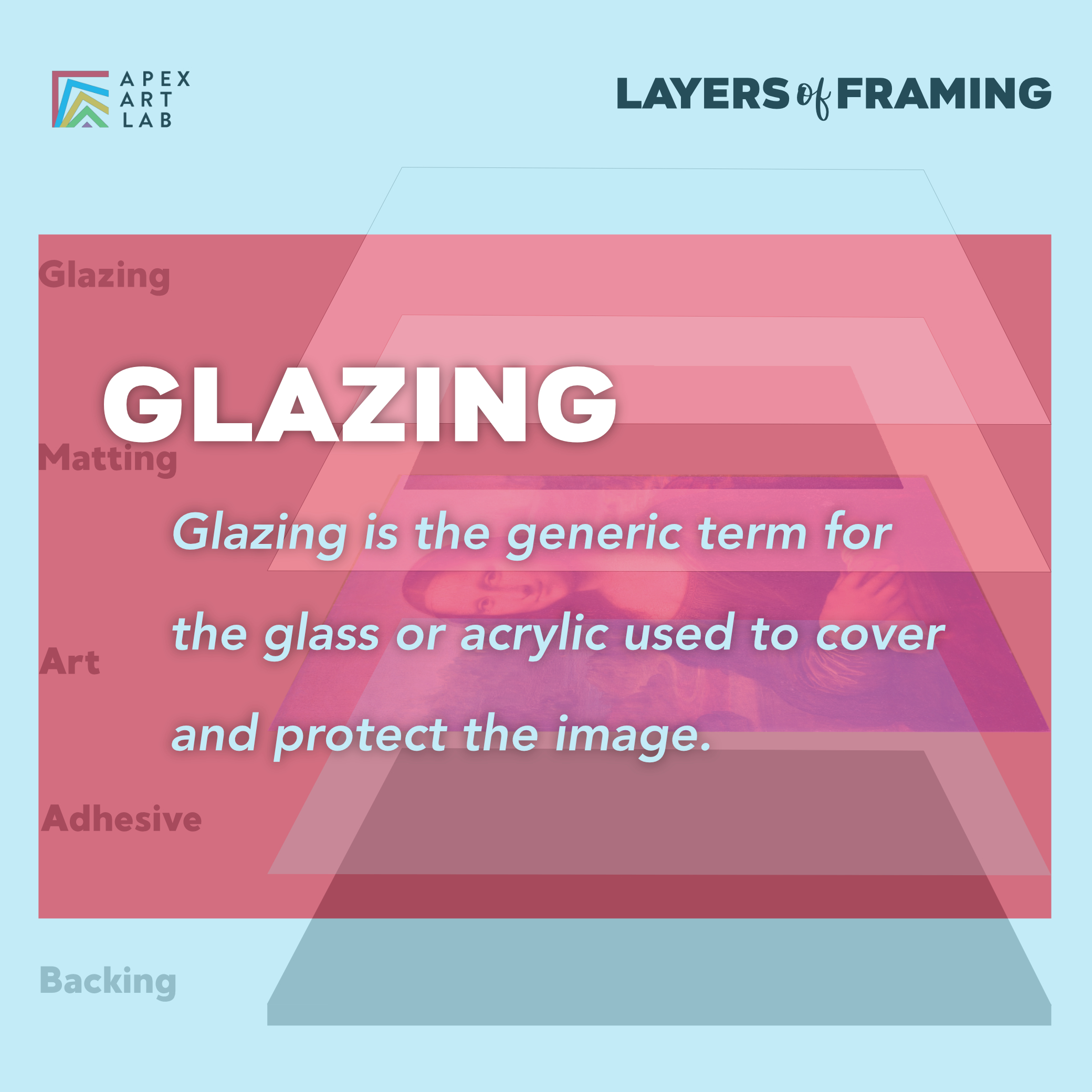
Glazing in custom picture framing is the generic term for the glass or acrylic used to cover & protect an image.
Standard glass and plexi/acrylic does not offer conservation— meaning that the piece is not protected from the damages caused by UV exposure. These damages include color fading & discoloration, degradation. Once a piece of art or photograph is damaged by the effects of prolonged light exposure, there is really no turning back. Think of it similar to sun exposure on skin— to wait until you’re 80 to start using sunscreen won’t do anything for the wrinkles, sun spots, etc that have already formed. One important note is that even if the glass is archival, it should always be suspended away from the artwork, through the use of matting or frame spacers.
At our frame shop, we offer two glass options that are ranked as conservation grade protection from UV. Both offer 99%+ of UV protection. They are called “conservation clear”, and “museum” glass. We also carry conservation clear and museum acrylic- which we use for oversized conservation framing or in situations where the end location calls for additional safety measures (such as hospitals, etc).

Thanks for reading this short glimpse into conservation framing. If you are looking for conservation custom framing make sure to note: backing, adhesive, matting, and glazing used are conservation grade. If you say you want archival framing, a *knowledgeable* picture framer will know what materials to use and which to avoid to keep your prized works in mint condition.
It should be noted that there are other factors to consider for the longevity of your art such as moisture levels, temperature and other environmental factors.
Are you looking for conservation custom framing in Seattle? Apex Art Lab has got you.

